Grace Score Stemi
The GRACE and PURSUIT (The Platelet Glycoprotein IIb‐IIIa in Unstable Angina:.

Grace score stemi. You should know the main categories of the HEART and GRACE scores to quickly risk stratify ACS patients clinically. Left Ventricular Aneurysm (old MI with Persistent ST elevation). Score of 6-7 = at least 40.9% risk 'TIMI risk' estimates mortality following acute coronary syndromes.
A value of 1 or 0 is assigned to each factor that is present or absent. GRACE risk score may be helpful and guided the clinicians in non PCI-capable center in early transferred to early intervention in STEMI patients after fibrinolytic therapy. Drugs that are commonly given include:.
GRACE Score < 140 (Endorsed by ESC Guidelines 15, better c-statistic than TIMI score) TIMI Score 0-1 (Endorsed by AHA Guidelines 14) Stress Test (if able to obtain quickly) NOTE:. Score of 3 = 13.2% risk;. Treatment for an NSTEMI depends on how blocked the coronary artery is, as well as the severity of the heart attack itself.
GRACE risk score, one of clinical risk score, has been shown to be a good risk stratification score in population with STEMI and NSTE-ACS. The HEART score identified 381 patients as “low risk” with 0.8% missed MACE. It stratifies risk of mortality from myocardial infarction in six months to 3 years’ time.
The acronym comes from the Global Registry of Acute Coronary Events, an international observational database studying patients with ACS. Prognosticate to guide treatment Prognosis. (GRACE score >140, dynamic ST -segment and/or T-wave changes on ECG, or rise and/or fall in troponin compatible with MI) an early invasive strategy is recommended (within 24 hours of admission).
TIMI risk can be calculated on the TIMI website under "Clinical Calculators." The TIMI Risk Score for STEMI is also useful for patients with. 8 Therefore, in the low-risk category, the GRACE score was 27-99 points for STEMI and 1- for NSTACS;. In this study, the TIMI score is more reliable in predicting mortality in patient with STEMI, compare with Grace score.
GRACE scoring system The Global Registry of Acute Coronary Events (GRACE) scoring system is the latest and has originated from GRACE registry data.5 It is a relatively complex scoring system and needs a computer or personal digital assistant for proper calculation. If the GRACE score indicates a person is a low risk after an NSTEMI, a doctor may prescribe medication. This score is more accurate because it is derived from a multinational registry of unselected patients and includes hospitals in Europe, Asia, North America, South.
In the intermediate risk category, the score for STEMI was 100-127, and -118 for NSTACS;. 215 (76.2%) had minor STE with reciprocal ST-depression;. This system has incorporated more dynamic features like heart rate, blood pressure, survival from cardiac arrest, serum creatinine.
The TIMI Risk Score for STEMI estimates 30-day mortality in patients with STEMI. Once someone is diagnosed with a type I NSTEMI and commenced on appropriate medical therapy, there are various risk scores that can be calculated to assess the value of invasive angiography. Your doctor might use it to help manage your condition and make decisions about your.
4(A) shows the in-hospital mortality for each angiographic GRACE score quartile. The sensitivity of TIMI risk was 97.7% with specificity of 92.93%. Circulation 00 October 24, 102 (17):.
This association persisted in the overall cohort after adjustment for GRACE risk score. For ST-segment elevation myocardial infarction (STEMI) patients, the TIMI score is based on eight clinical indicators available upon admission, with scores ranging from 0 to 14. Several studies demonstrated the validation and the usefulness of GRACE score in stratified the STEMI patients for an early invasive management (AUC = 0.81;.
They did find that for those who were “high risk,” as defined by GRACE score > 140, this so-called “early” cath did result in better outcomes. However, the discrimination and calibration performs less well in patients with STEMI. The GRACE risk score is used in the assessment of patients with acute coronary syndrome, be it STEMI or non-STEMI.
The GRACE 2.0 ACS Risk Calculator can provide clinicians with a robust risk of death or death/MI for the patient presenting with ACS, to help guide the use of more intensive and invasive therapies. Interestingly, the short-term, in-hospital risk score such as TIMI score is also useful in risk stratification for a long-term outcome. The TIMI score identified no “low risk” patients at this safety level.
Risk calculators are designed to integrate important risk factors. 95 % CI 0.80–0. for STEMI and AUC = 0.80;. Coronary artery bypass grafting;.
Improved longer-term survival (>3 years) was evident in the high-risk NSTEMI group only. 28.2% of patient re-classified as having ACO. The angiographic GRACE score was superior to GRACE score especially in the STEMI patients, although they were comparable in the NSTEMI patients.
Subcategory of 'Diagnosis' designed to be very sensitive Rule Out. In limited available PCI-capable hospital, GRACE risk score can be helpful in guiding the cardiologists to select a proper time for coronary intervention in post-fibrinolytic STEMI patients. Anticoagulants antiplatelets beta-blockers nitrates statins angiotensin-converting-enzyme (ACE) inhibitors angiotensin receptor blockers (ARBs).
Score of 5 = 26.2% risk;. TIMI Risk Score (STEMI) GRACE The GRACE ACS risk calculator estimates risk of death following acute coronary syndrome (ACS) Pre-test probability of CAD (CAD consortium) Determine pre-test probability of coronary artery disease in patients with chest pain. This score ranges from 15 – 330.
P<0.001) and 1‐year mortality (C‐statistics, 0.79. 3 shows the comparison between GRACE and the angiographic GRACE score by STEMI or non-STEMI (NSTEMI). 4 The CRUSADE‐score was developed from a cohort of NSTEMI patients by Subherwal et al (09) to estimate baseline risk of in‐hospital major bleeding, and mortality and validated in more than 70 000 patients.
GRACE-Score für die Prognose beim akuten Koronarsyndrom Alter <= 39 Jahre (0 Punkte) 40 - 49 Jahre (18 Punkte) 50 - 59 Jahre (36 Punkte) 60 - 69 Jahre (55 Punkte) 70 - 79 Jahre (73 Punkte) 80 - Jahre (91 Punkte) >= 90 Jahre (100 Punkte). GRACE (Global Registry of Acute Coronary Events) score is used for risk assessment in ACS (acute coronary syndrome) which includes NSTEMI, STEMI and unstable angina. Receptor Suppression Using Integrilin Therapy) trial scores have been shown to be superior to the TIMI score in predicting in‐hospital mortality (C‐statistics, 0.81 versus 0.80 versus 0.68, respectively;.
A convenient, bedside, clinical score for risk assessment at presentation:. Calcs that help predict probability of a disease Diagnosis. The second most used score is the Global Registry of Acute Coronary Events (GRACE) risk model, which uses eight variables and is applicable to the entire spectrum of ACS.
GRACE score >109 and <140;. The Global Registry of Acute Coronary Events (GRACE) risk score is recognised internationally as a tool for the risk stratification of non-ST elevation acute coronary syndromes, 1–7 and its use in routine clinical practice is recommended by the European Society of Cardiology and the National Institute for Health and Clinical Excellence (NICE). Patients with acute coronary syndrome were randomized to risk stratification with the GRACE risk score (n = 716) versus standard of care (n = 687).
95 % CI 0.74–0. for NSTE-ACS) 12. The TIMI risk score is a tool that doctors use to predict the chances of having or dying from a heart event. This score uses these eight parameters to calculate risk:.
A GRACE score will determine whether the cardiac event is low, medium, or high risk. STEMI patients with successfully fibrinolysis. NICE recommends the use of the GRACE score which is used to predict in-hospital and post-discharge to 6-month mortality.
GRACE indicates Global Registry of Acute Coronary Events;. 5 The GRACE and CRUSADE score have several similarities and tend to be used. Score of 2 = 8.3% risk;.
The mean score was 42.35 in this patient population which equates to an about 10% risk of in-hospital major bleeding (NNH = 10). The overall discriminatory ability in predicting death was reasonable for the GRACE score (c‐statistic=0.80) and poor for the TIMI score (c‐statistic=0.63), which was outperformed by a model with only age and sex (c‐statistic=0.74). The TIMI Score for ST-segment elevation myocardial infarction (STEMI) was created and validated specifically for this clinical scenario, while the GRACE score is generic to any type of acute coronary syndrome.
GRACE is not restricted to any ST segment alterations. Also, there are 4 studies on the condition of the infarct artery in patient with “Non-STEMI” who get their cath. Although the risk profile of our population (median TIMI score = 5 for STEMI, 4 for NSTEMI, and median GRACE score = 164) was higher, the in-hospital mortality (7.1% for NSTEMI and 6.7% for STEMI) was comparable to that predicted by GRACE RS.
Three risk categories were established using the cutoff points set out in the GRACE study. Assessing and categorising risk of future adverse cardiovascular events by formal risk assessment (for example, using the GRACE scoring system) in people who have been diagnosed with NSTEMI or unstable angina is important for determining early management strategies. And in the high-risk category, the score for STEMI was 128.
The Global Registry of Acute Coronary Events (GRACE) is an international observational registry collecting data on the characteristics, management and outcomes of patients with acute coronary syndromes (ACS), including myocardial infarction (ST-segment elevation myocardial infarction STEMI and non-STEMI) and unstable angina.The aim of GRACE is to narrow the gap between evidence and clinical. The GRACE Score is a prospectively studied scoring system to risk stratifiy patients with diagnosed ACS to estimate their in-hospital and 6-month to 3-year mortality. The GRACE Risk Score has been extensively and independently validated.
Patients with NSTEACS who have both of:. The GRACE score is accurate for determination of 6-month death or reinfarction in Chinese AMI inpatients 80 years of age and older;. Based on a global registry of 102,341 patients, the GRACE score estimates in-hospital, 6 months, 1 year, and 3-year mortality risk after a heart attack.
TIMI risk score for ST-elevation myocardial infarction:. The current updated version of the calculator provides more accurate non-linear computations and an updated interface for mobile devices. The study results showed that the death occurred in 46.77% patients and recovered patients were 53.23% patients (Table 2).
1.2.1 As soon as the diagnosis of unstable angina or NSTEMI is made, and aspirin and antithrombin therapy have been offered, formally assess individual risk of future adverse cardiovascular events using an established risk scoring system that predicts 6-month mortality (for example, Global Registry of Acute Cardiac Events GRACE). Global Registry of Acute Coronary Events (GRACE) score. Score of 4 = 19.9% risk;.
This score ranges from 1 – 96, with higher scores indicating higher risk of bleeding. Among patients alive at hospital discharge with a high GRACE score (>118), a Performance Score (maximum AGRIS score = 3) was calculated, which consisted of:. Like the TIMI Score, it was not designed to assess which patients’ anginal symptoms are due to ACS.
Across all GRACE risk score groups for time periods from 0-3 years post-discharge, mortality was higher for patients who did not receive optimal care. The TIMI risk score can identify high risk patients in non-ST segment elevation MI ACS and has been independently validated. The authors also used the GRACE score to predict risk of death.
The predictor variables used are age, heart rate (HR), systolic blood pressure (SBP), serum creatinine, Killip heart failure class, the existence or not of cardiac arrest at admission, any deviations of the ST segment and cardiac enzyme levels. The mean GRACE score of the patients was 132.77±52.73. At an absolute level of safety of at least 98% sensitivity, the GRACE score identified 231 patients as “low risk” in which 2.2% a MACE was missed;.
The PPV value of TIMI risk score was 92.39% and NPV value was 97.87%. An intravenous nPA for treatment of infarcting myocardium early II trial substudy. 35 (12.4%) had hyperacute T-waves or de Winter’s patterns 18 (6.3%) had subtle.
Control group was younger in age, had less comorbid disease, and lower GRACE risk score compared to the STEMI/NSTEMI groups ACO Detection in NSTEMI Group:. Renal insufficiency (glomerular filtration rate < 60mL/min/1.73m2) Left ventricular ejection fraction ≤ 40 %;. This GRACE risk score calculator includes both ST segment elevation myocardial infarction (STEMI) and non ST segment elevation (non-STEMI).
GRACE ACS Risk Model. Patients with a score of 0 to 2 are considered low-risk, 3 to 4 as intermediate risk, and 5 to 7 as high risk. The overall score is predictive of the risk of death and death/myocardial infarction (MI) at 14 days.
Michael O'Riordan September , 10 Edinburgh, Scotland - A long-term analysis of patients enrolled in the Global Registry of Acute Coronary Events (GRACE) showed that those with. The GRACE (Global Registry of Acute Coronary Events) risk score is a prospectively studied scoring system used to risk stratify patients with diagnosed acute coronary syndromes (ACS) in order to estimate in-hospital and 6-month to 3-year mortality.

Validation Of The Grace Risk Score For Predicting Death Within 6 Months Of Follow Up In A Contemporary Cohort Of Patients With Acute Coronary Syndrome Revista Espanola De Cardiologia English Edition
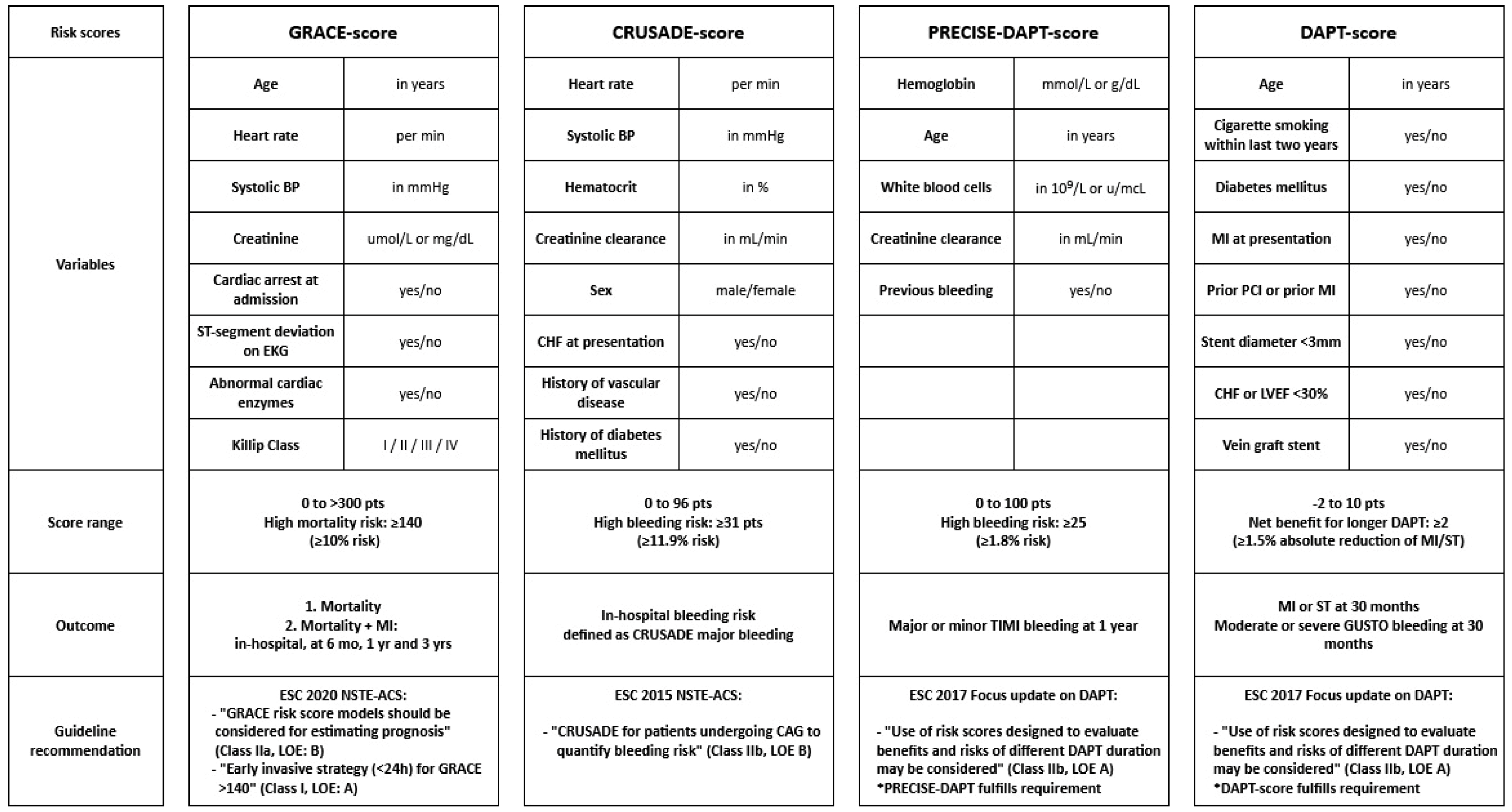
Jcm Free Full Text Risk Assessment Using Risk Scores In Patients With Acute Coronary Syndrome Html

Application Of Risks Scores In Acute Coronary Syndromes How Does Proacs Hold Up Against Other Risks Scores
Grace Score Stemi のギャラリー

Does Simplicity Compromise Accura Preview Related Info Mendeley
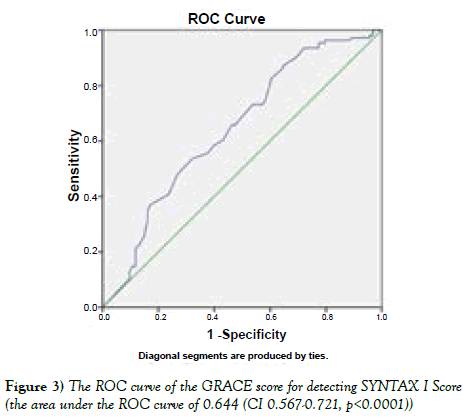
Grace Score Also Predicts Anatomic Complexity Of Coronary Artery Disease Patients Presenting With Non Stemi

Comparison Of Acute Versus Subacute Coronary Angiography In Patients With Non St Elevation Myocardial Infarction From The Nonstemi Trial American Journal Of Cardiology

Validation Study Of Grace Risk Score For Prognosis In Indian Patients With Non Stemi Semantic Scholar

Grace Score And Cardiovascular Outcomes Prediction Among The Delayed Coronary Intervention After Post Fibrinolytic Stemi Patients In A Limited Pci Capable Hospital Open Heart

Evaluation Of The Impact Of The Grace Risk Score On The Management And Outcome Of Patients Hospitalised With Non St Elevation Acute Coronary Syndrome In The Uk Protocol Of The Ukgris Cluster Randomised Registry Based
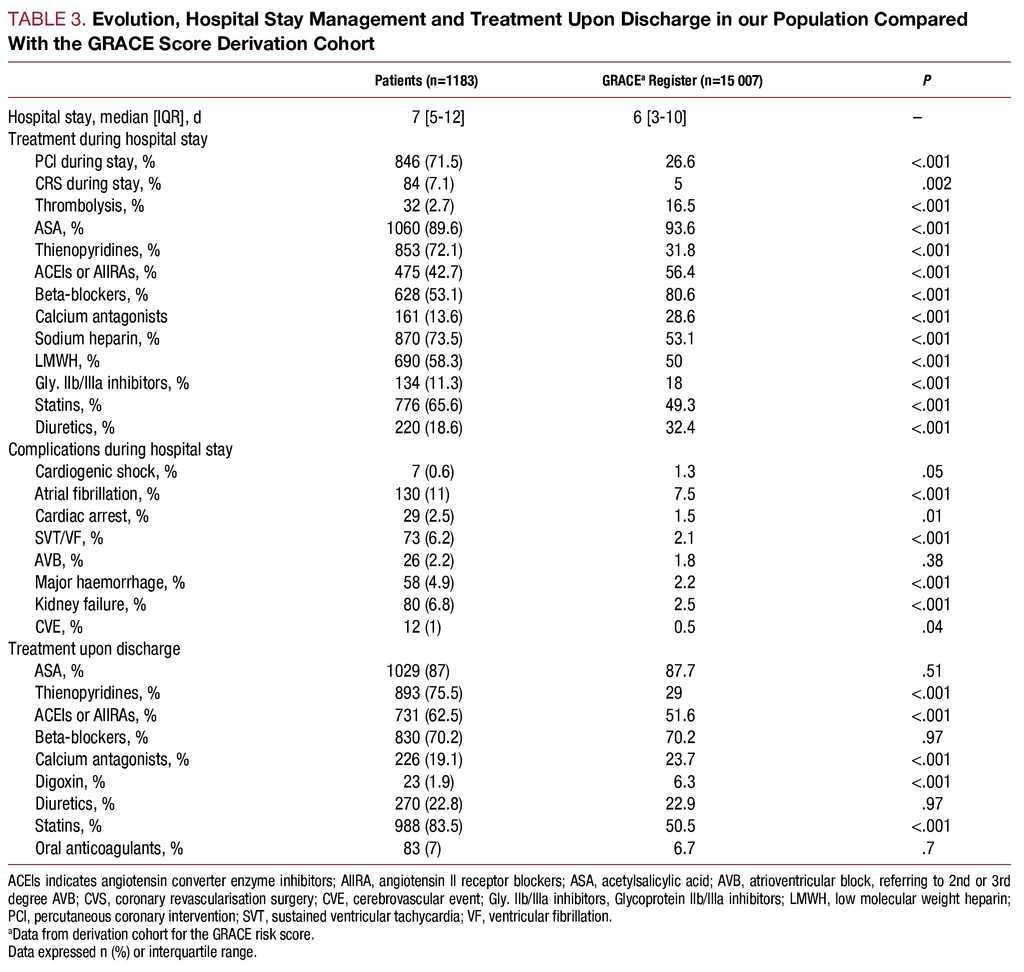
Validation Of The Grace Risk Score For Predicting Death Within 6 Months Of Follow Up In A Contemporary Cohort Of Patients With Acute Coronary Syndrome Revista Espanola De Cardiologia English Edition

Risk Coronary Artery Disease Radcliffe Cardiology

Grace Score Validation In Predicting Hospital Mortality Analysis Of The Role Of Sex Journal Of Women S Health
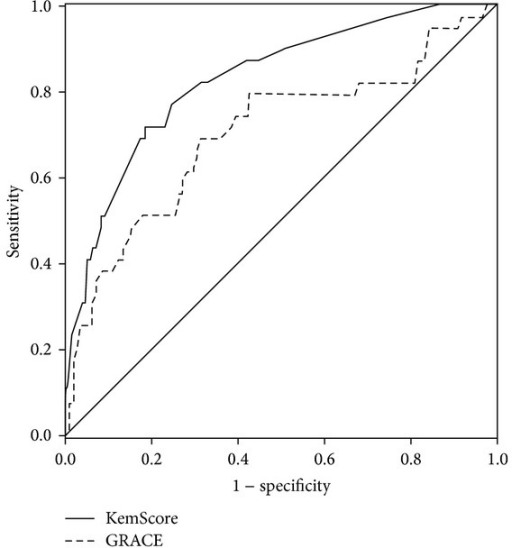
Roc Curves Of The Grace Score And Kemscore Open I
Grace Score Among Six Risk Scoring Systems Cadillac Pami Timi Dynamic Timi Zwolle Demonstrated The Best Predictive Value For Prediction Of Long Term Mortality In Patients With St Elevation Myocardial Infarction

Defining And Managing Patients With Non St Elevation Myocardial Infarction Sorting Through Type 1 Vs Other Types Cohen Clinical Cardiology Wiley Online Library

Comparison Of The Grace Heart And Timi Score To Predict Major Adverse Cardiac Events In Chest Pain Patients At The Emergency Department Sciencedirect
Plos One Does Simplicity Compromise Accuracy In Acs Risk Prediction A Retrospective Analysis Of The Timi And Grace Risk Scores

Hosmer Lemeshow Calibration Statistics For The Timi And Grace Risk Scores Download Table

Acute Coronary Syndrome Current Treatment American Family Physician

Prognostic Value Of The Combination Of Grace Risk Score And Mean Platelet Volume To Lymphocyte Count Ratio In Patients With St Segment Elevation Myocardial Infarction After Percutaneous Coronary Intervention
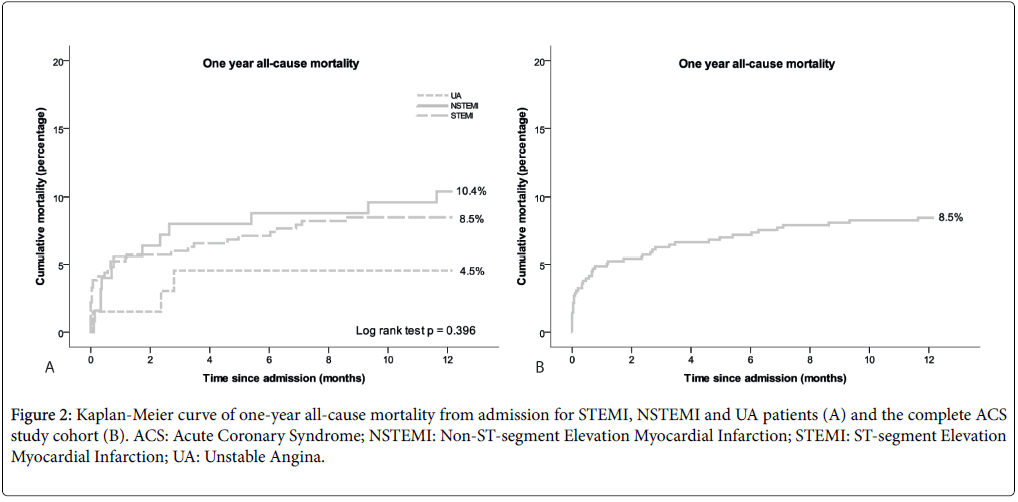
A Consecutive Series Of All Subtypes Of The Acute Coronary Syndrome Patient Admitted To An Academic Coronary Care Unit

Grace Risk Score And Outcomes Low Intermediate And High Categories Download Table
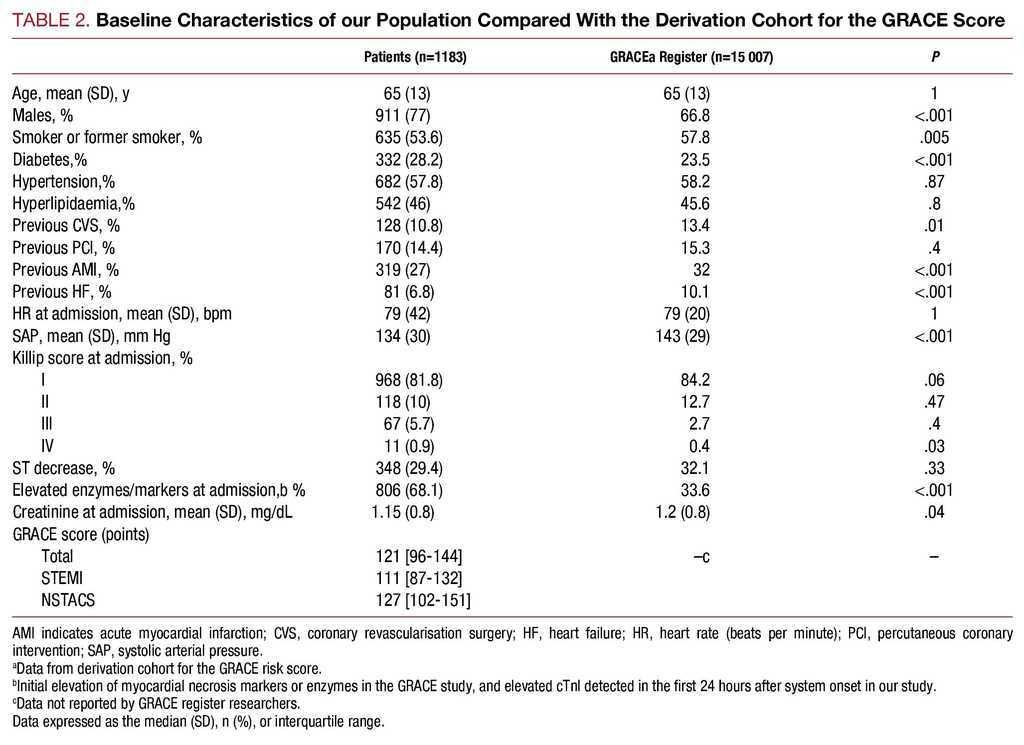
Validation Of The Grace Risk Score For Predicting Death Within 6 Months Of Follow Up In A Contemporary Cohort Of Patients With Acute Coronary Syndrome Revista Espanola De Cardiologia English Edition

Relation Of Neutrophil Lymphocyte Ratio To Grace Risk Score To In Hospital Cardiac Events In Patients With St Elevated Myocardial Infarction Jacc Journal Of The American College Of Cardiology

Neutrophil Count Improves The Grace Risk Score Prediction Of Clinical Outcomes In Patients With St Elevation Myocardial Infarction Atherosclerosis
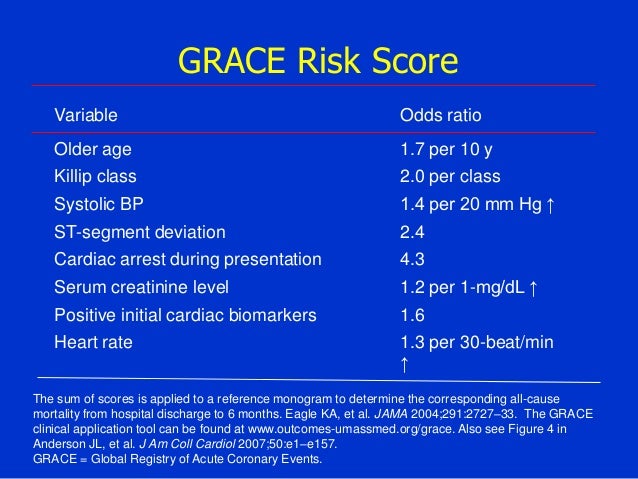
Acute Coronary Syndrome Nstemi

Clinical Risk Scores In Acs Management Current And Future Directions Advances In Acute Coronary Syndrome Management

Acute Coronary Syndrome Wikipedia
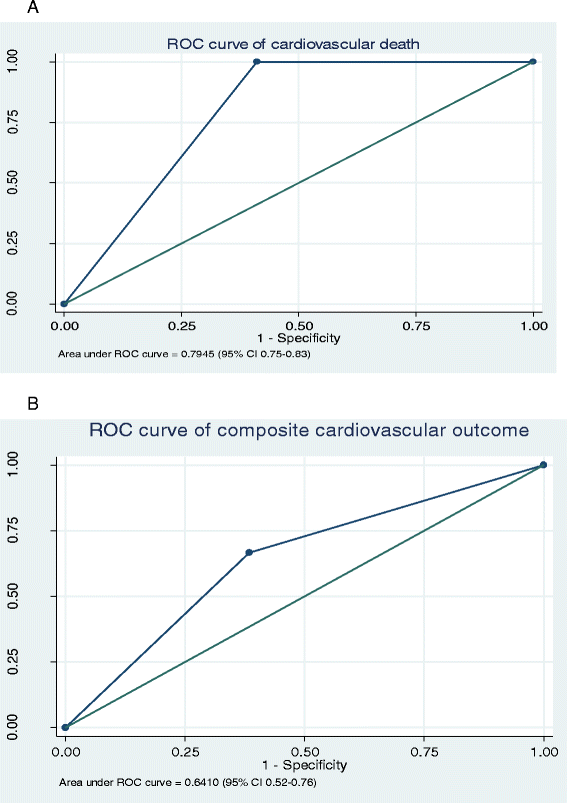
The Prognostic Utility Of Grace Risk Score In Predictive Cardiovascular Event Rate In Stemi Patients With Successful Fibrinolysis And Delay Intervention In Non Pci Capable Hospital A Retrospective Cohort Study Bmc Cardiovascular

Risk Stratification In Acute Myocardial Infarction Thoracic Key

Contemporary Risk Stratification After Myocardial Infarction In The Community Performance Of Scores And Incremental Value Of Soluble Suppression Of Tumorigenicity 2 Journal Of The American Heart Association

Risk Stratification For The Development Of Heart Failure After Acute Coronary Syndrome At The Time Of Hospital Discharge Predictive Ability Of Grace Risk Score Journal Of Cardiology
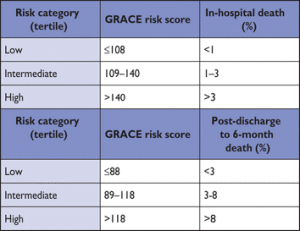
Emdocs Net Emergency Medicine Educationcurrent Ed Management Of Non St Segment Elevation Mi Nstemi A Practice Update Emdocs Net Emergency Medicine Education

Application Of Risks Scores In Acute Coronary Syndromes How Does Proacs Hold Up Against Other Risks Scores
Acute Coronary Syndromes Unstable Angina And Non St Segment Elevation Myocardial Infarction Washington Manual Of Medical Therapeutics
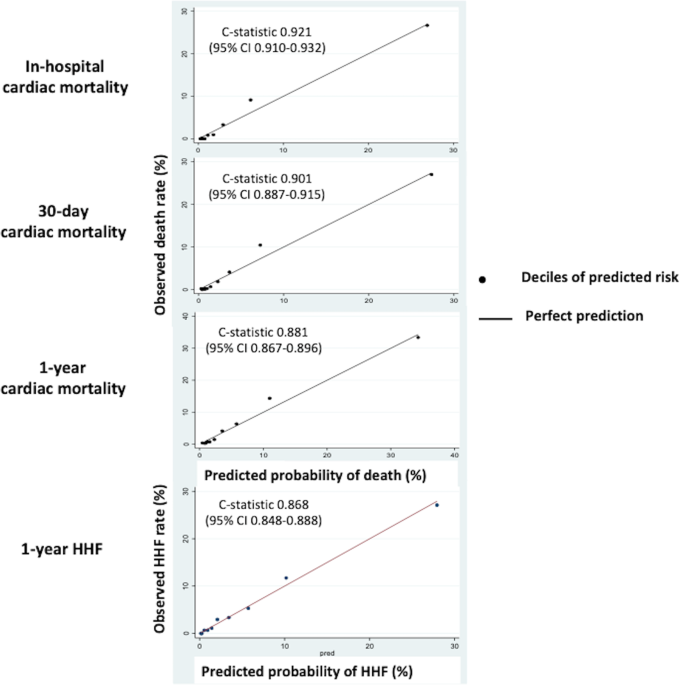
Independent Predictors Of Cardiac Mortality And Hospitalization For Heart Failure In A Multi Ethnic Asian St Segment Elevation Myocardial Infarction Population Treated By Primary Percutaneous Coronary Intervention Scientific Reports

Prognostic Value Of Syntax Score Ii In Patients With Acute Coronary Syndromes Referred For Invasive Management A Subanalysis From The Spum And Comfortable Ami Cohorts

Timi Stemi Risk Score Download Table
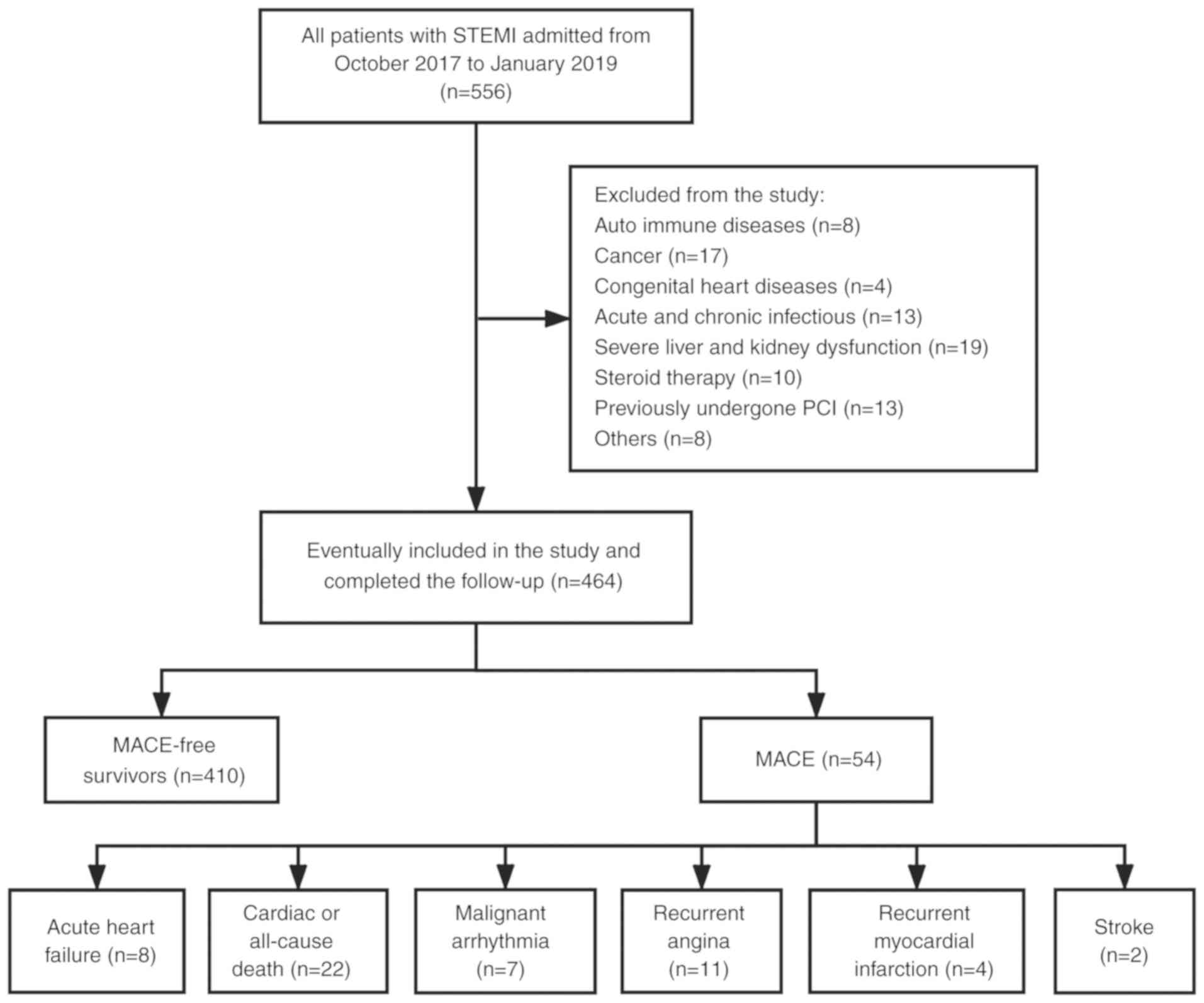
Prognostic Value Of The Combination Of Grace Risk Score And Mean Platelet Volume To Lymphocyte Count Ratio In Patients With St Segment Elevation Myocardial Infarction After Percutaneous Coronary Intervention

Details Of The Grace Risk Score For Calculating 30 Day And 6 Month Download Table
Does Simplicity Compromise Accuracy In Acs Risk Prediction A Retrospective Analysis Of The Timi And Grace Risk Scores
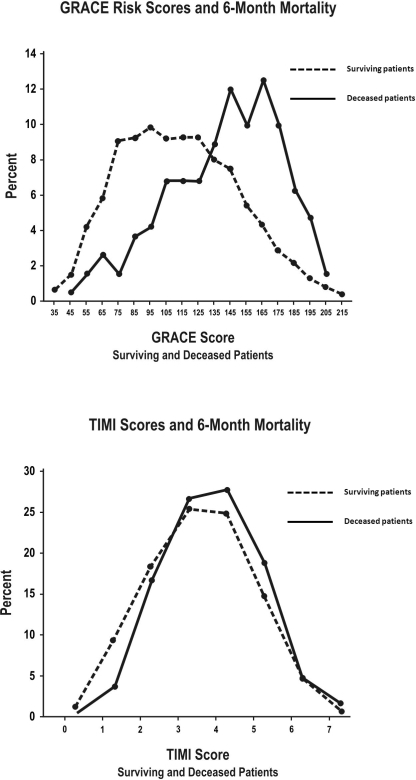
Risk Score Distributions Of Ua Nstemi Patients For 6 Mo Open I
Plos One Does Simplicity Compromise Accuracy In Acs Risk Prediction A Retrospective Analysis Of The Timi And Grace Risk Scores
Comparison Of The Timi Grace Pami And Cadillac Risk Scores For Prediction Of Long Term Cardiovascular Outcomes In Taiwanese Diabetic Patients With St Segment Elevation Myocardial Infarction From The Registry Of The Taiwan Society

Grace Score Validation In Predicting Hospital Mortality Analysis Of The Role Of Sex Journal Of Women S Health
Q Tbn 3aand9gcstw5 154ytundhg1wfgp7kqyokunovroyrnxgtesgtc M5qo77 Usqp Cau

Pdf Grace Score Also Predicts Anatomic Complexity Of Coronary Artery Disease Patients Presenting With Non Stemi Semantic Scholar

Evaluation Of The Impact Of The Grace Risk Score On The Management And Outcome Of Patients Hospitalised With Non St Elevation Acute Coronary Syndrome In The Uk Protocol Of The Ukgris Cluster Randomised Registry Based

In Hospital Mortality Analysis Of Japanese Patients With Acute Coronary Syndrome Using The Tokyo Ccu Network Database Applicability Of The Grace Risk Score Sciencedirect
Http Www Tsoc Org Tw Upload Journal 1 Acs 34 004 Pdf
Www Acc Org Media Non Clinical Files Pdfs Excel Ms Word Etc Meetings 18 Course Pdfs Middle East Friday 1600 Acc10shaibi Pdf La En Hash 5fcf7e57babc2234facc4f8cbf232f122ab

Acute Coronary Syndromes Rcemlearning

In Hospital Mortality Analysis Of Japanese Patients With Acute Coronary Syndrome Using The Tokyo Ccu Network Database Applicability Of The Grace Risk Score Sciencedirect
Www Escardio Org Static File Escardio Education Live Events Courses Education Resource 003 1300 Bassand Wbz Mon S01a Pdf
Q Tbn 3aand9gcskjkg817zmnceno5yufrdxmvd5e756gibv 39kl4bgnmfk 67g Usqp Cau

Acute Coronary Syndromes Rcemlearning

Jpma Journal Of Pakistan Medical Association
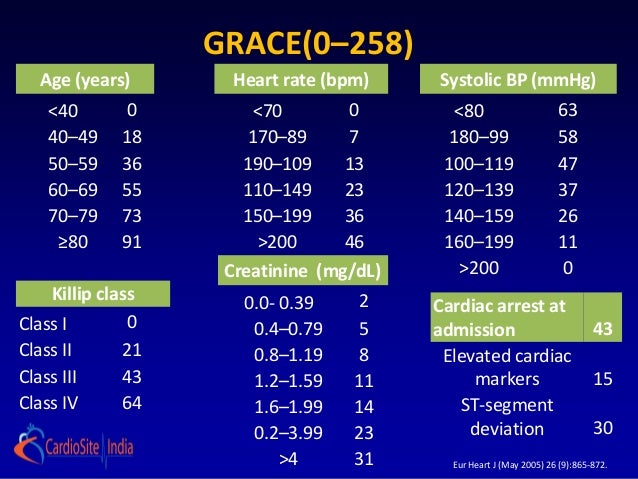
Risk Stratification In Ua And Nstemi Why And How
Q Tbn 3aand9gcqe658cswtb J1qlybpepimupe6et4kjmqixdsc1n8mbdjzj3fd Usqp Cau
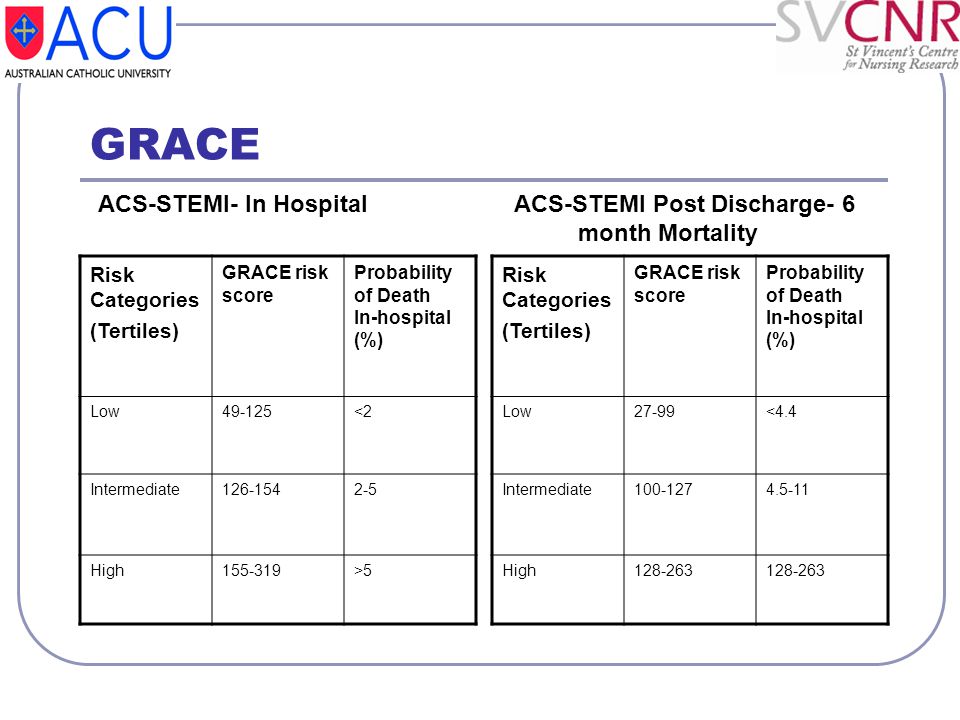
Cardiovascular Risk Assessment In Women Ppt Download

Application Of Risks Scores In Acute Coronary Syndromes How Does Proacs Hold Up Against Other Risks Scores

Acute Myocardial Infarction Nejm

Pdf Timi Pursuit And Grace Risk Scores Sustained Prognostic Value And Interaction With Revascularization In Nste Acs

Comparison Of Risk Pci Grace Timi Risk Scores For Prediction Of Major Adverse Cardiac Events In Patients With Acute Coronary Syndrome Abstract Europe Pmc

Table 2 From Does Simplicity Compromise Accuracy In Acs Risk Prediction A Retrospective Analysis Of The Timi And Grace Risk Scores Semantic Scholar

Risk Stratification Of An Acs Patient

Left Main And Or Three Vessel Disease In Patients With Non St Segment Elevation Myocardial Infarction And Low Risk Grace Score Prevalence Clinical Outcomes And Predictors Revista Portuguesa De Cardiologia

Guest Post Down With Stemi The Omi Manifesto By Pendell Meyers

Emdocs Net Emergency Medicine Educationcurrent Ed Management Of Non St Segment Elevation Mi Nstemi A Practice Update Emdocs Net Emergency Medicine Education
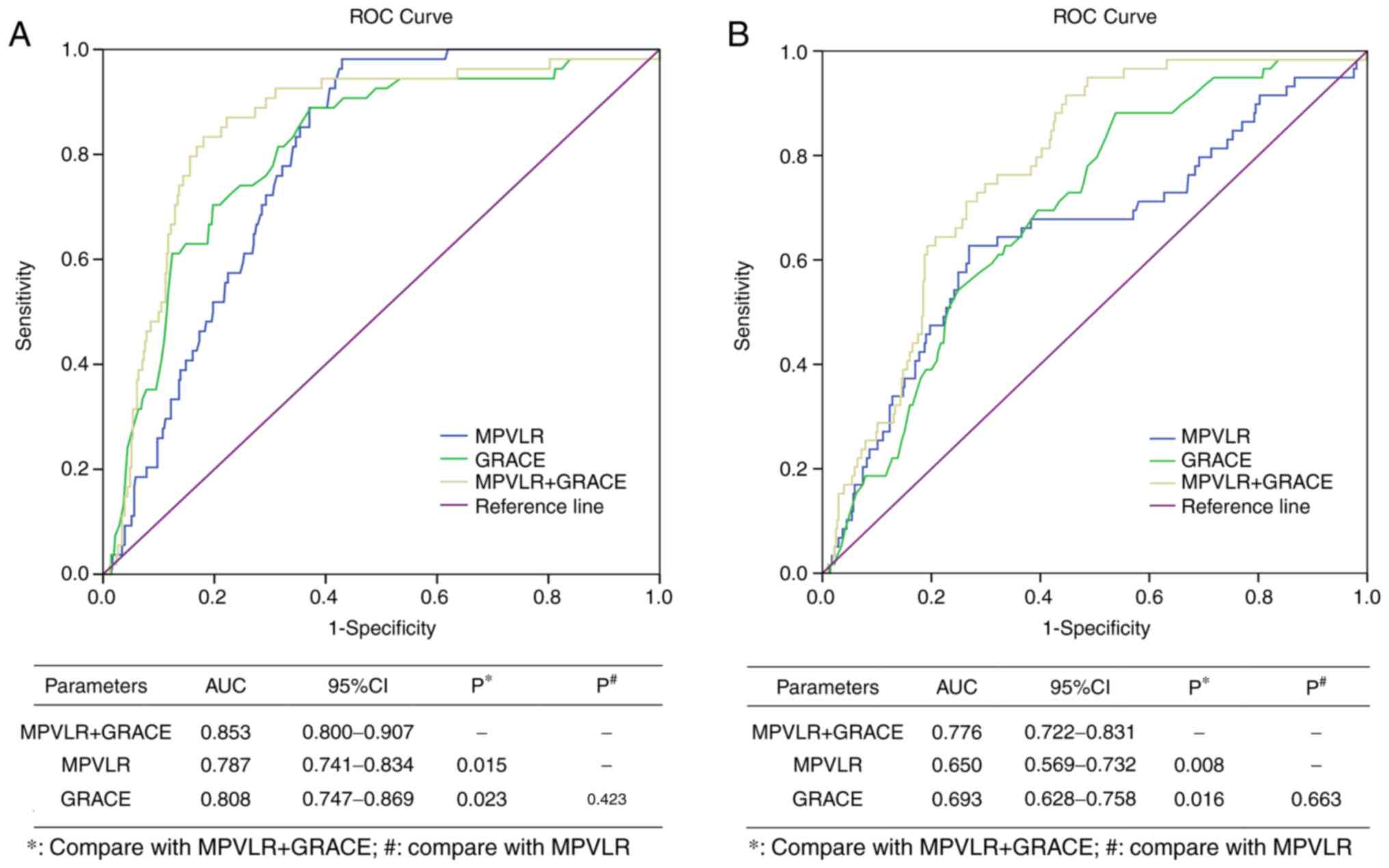
Prognostic Value Of The Combination Of Grace Risk Score And Mean Platelet Volume To Lymphocyte Count Ratio In Patients With St Segment Elevation Myocardial Infarction After Percutaneous Coronary Intervention
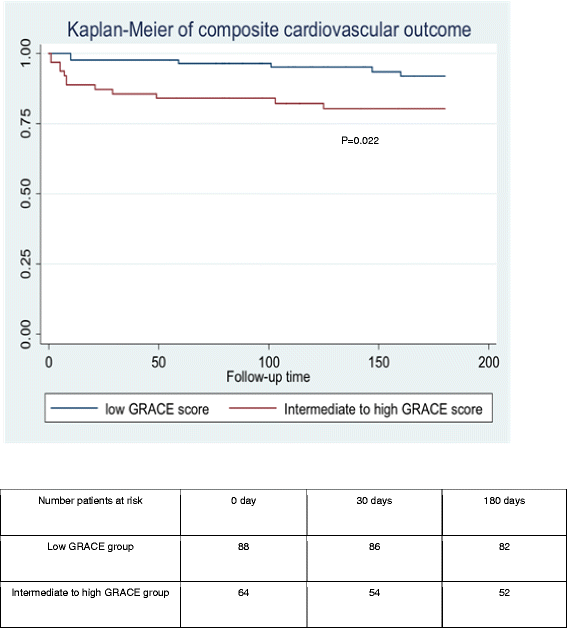
The Prognostic Utility Of Grace Risk Score In Predictive Cardiovascular Event Rate In Stemi Patients With Successful Fibrinolysis And Delay Intervention In Non Pci Capable Hospital A Retrospective Cohort Study Bmc Cardiovascular

Validation Of The Grace Risk Score For Predicting Death Within 6 Months Of Follow Up In A Contemporary Cohort Of Patients With Acute Coronary Syndrome Revista Espanola De Cardiologia English Edition
Www Escardio Org Static File Escardio Education Live Events Courses Education Resource 003 1300 Bassand Wbz Mon S01a Pdf

Natriuretic Peptides In Addition To Zwolle Score To Enhance Safe And Early Discharge After Acute Myocardial Infarction A Prospective Observational Cohort Study International Journal Of Cardiology
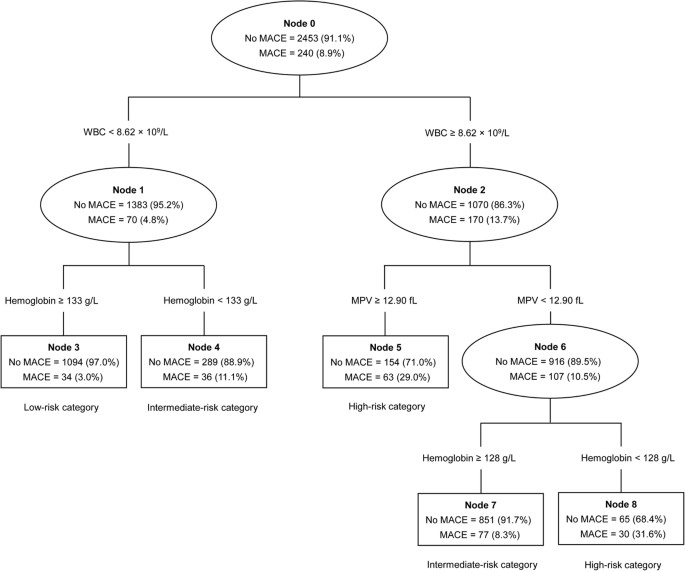
Risk Stratification Based On Components Of The Complete Blood Count In Patients With Acute Coronary Syndrome A Classification And Regression Tree Analysis Scientific Reports

Timi And Grace Risk Scores Predict Both Short Term And Long Term Outcomes In Chinese Patients With Acute Myocardial Infarction Abstract Europe Pmc
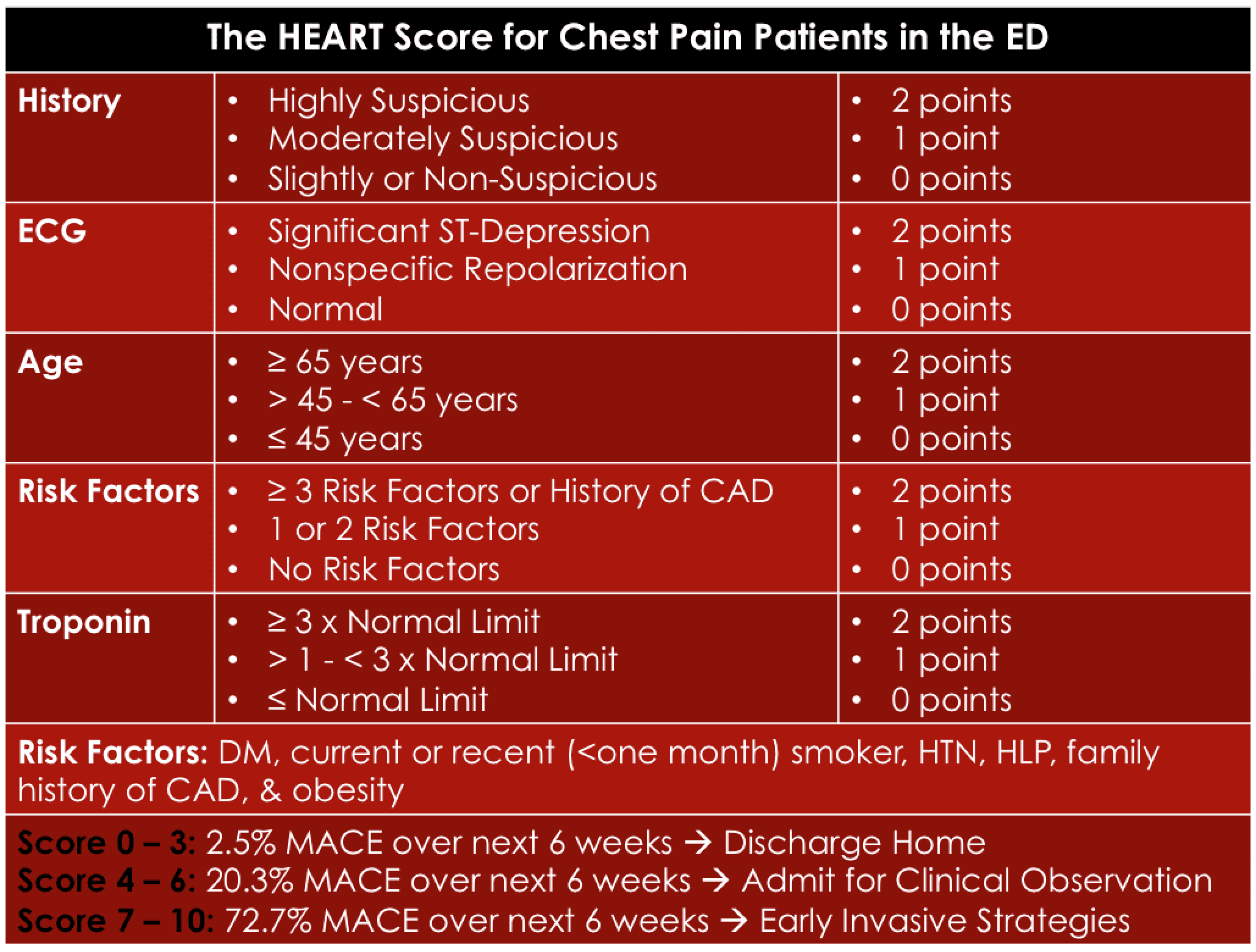
Chest Pain Rebel Em Emergency Medicine Blog

Nstemi The Latest Evidence In Emergency Department Management

Grace Score And Cardiovascular Outcomes Prediction Among The Delayed Coronary Intervention After Post Fibrinolytic Stemi Patients In A Limited Pci Capable Hospital Open Heart

Beta Blocker Use In St Segment Elevation Mi The American Journal Of Medicine Blog

High Risk Non St Elevation Acute Coronary Syndromes Nsteacs For Paramedics Journal Of Paramedic Practice

High Risk Non St Elevation Acute Coronary Syndromes Nsteacs For Paramedics Journal Of Paramedic Practice
Q Tbn 3aand9gcqpbcmrdyktiv 8feg1qduly7vbjqpnhsevbt 6z Pz3a Wyqvt Usqp Cau

Acute Coronary Syndrome Current Treatment American Family Physician

Full Text Association Of Different Lactate Indices With 30 Day And 180 Day Morta Tcrm

Clinical Risk Scores In Acs Management Current And Future Directions Advances In Acute Coronary Syndrome Management

Grace Score Validation In Predicting Hospital Mortality Analysis Of The Role Of Sex Journal Of Women S Health
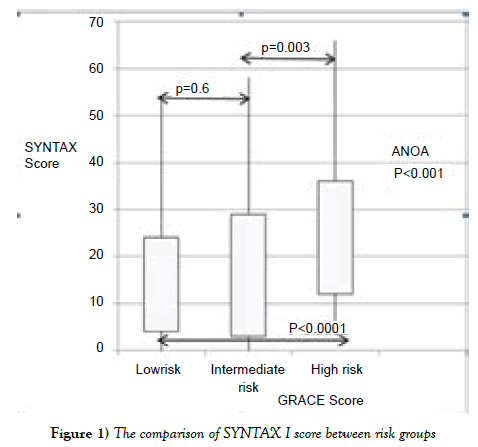
Grace Score Also Predicts Anatomic Complexity Of Coronary Artery Disease Patients Presenting With Non Stemi

Left Main And Or Three Vessel Disease In Patients With Non St Segment Elevation Myocardial Infarction And Low Risk Grace Score Prevalence Clinical Outcomes And Predictors Revista Portuguesa De Cardiologia

Nstemi The Latest Evidence In Emergency Department Management

Timi And Grace Risk Scores For Mortality In Acute Coronary Syndrome Acs

Prognostic Value Of Timi Score Versus Grace Score In St Segment Elevation Myocardial Infarction

In Hospital Mortality Analysis Of Japanese Patients With Acute Coronary Syndrome Using The Tokyo Ccu Network Database Applicability Of The Grace Risk Score Sciencedirect
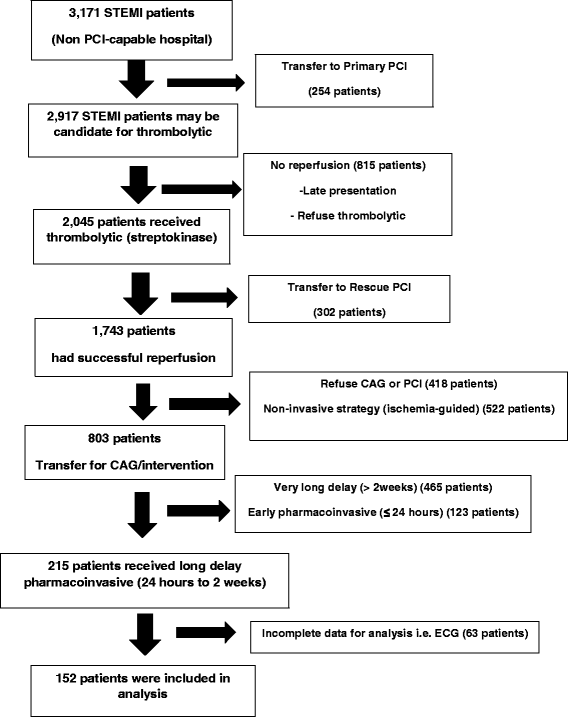
The Prognostic Utility Of Grace Risk Score In Predictive Cardiovascular Event Rate In Stemi Patients With Successful Fibrinolysis And Delay Intervention In Non Pci Capable Hospital A Retrospective Cohort Study Bmc Cardiovascular

Comparison Between Timi And Grace Scores As A Predictor For Short And Long Term Outcome In Patients With Acute St Elevation Myocardial Infarction Jacc Journal Of The American College Of Cardiology

Grace Risk Score And Outcomes Low Intermediate And High Categories Download Table
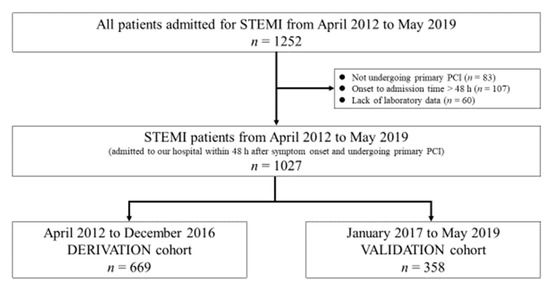
Jcm Free Full Text A Novel Predictive Model For In Hospital Mortality Based On A Combination Of Multiple Blood Variables In Patients With St Segment Elevation Myocardial Infarction Html

Invasive And Antiplatelet Treatment Of Patients With Non St Segment Elevation Myocardial Infarction Understanding And Addressing The Global Risk Treatment Paradox Ahrens 19 Clinical Cardiology Wiley Online Library
Gale Academic Onefile Document Approach To Chest Pain And Acute Myocardial Infarction
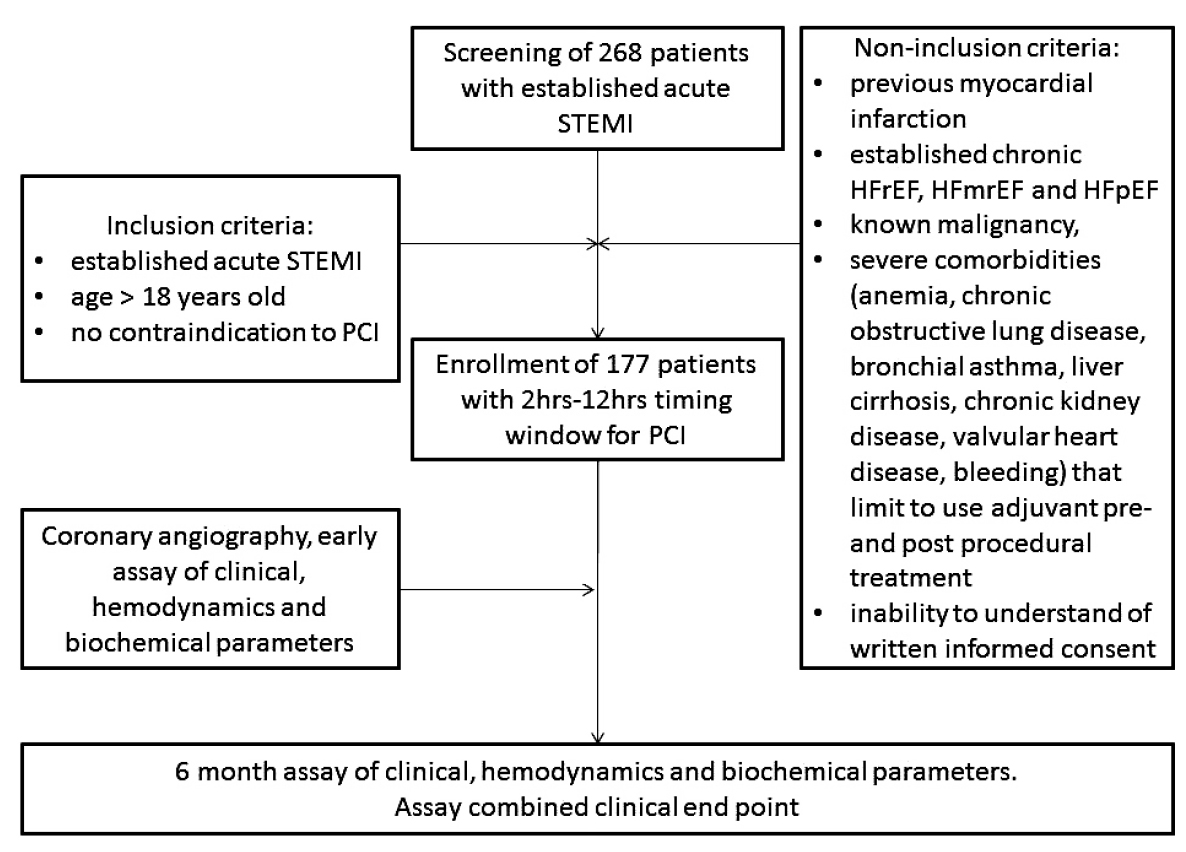
The Utility Of New Biomarker Based Predictive Model For Clinical Outcomes Among St Elevation Myocardial Infarction Patients Fulltext

Jpma Journal Of Pakistan Medical Association
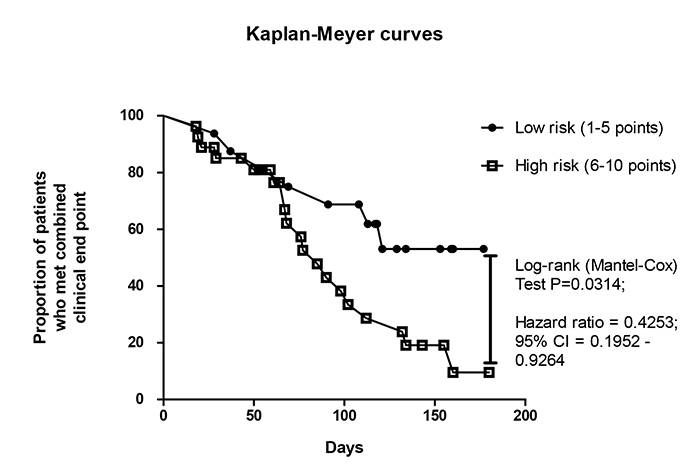
The Utility Of New Biomarker Based Predictive Model For Clinical Outcomes Among St Elevation Myocardial Infarction Patients Fulltext

Contemporary Revascularization Dilemmas In Older Adults Journal Of The American Heart Association
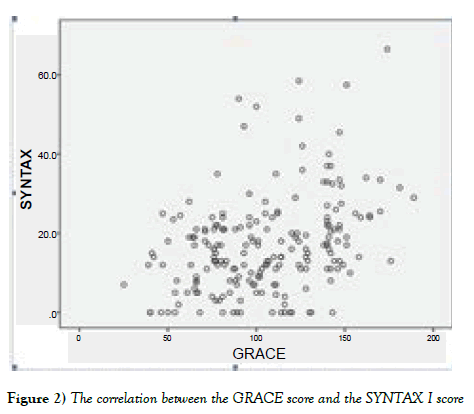
Grace Score Also Predicts Anatomic Complexity Of Coronary Artery Disease Patients Presenting With Non Stemi



